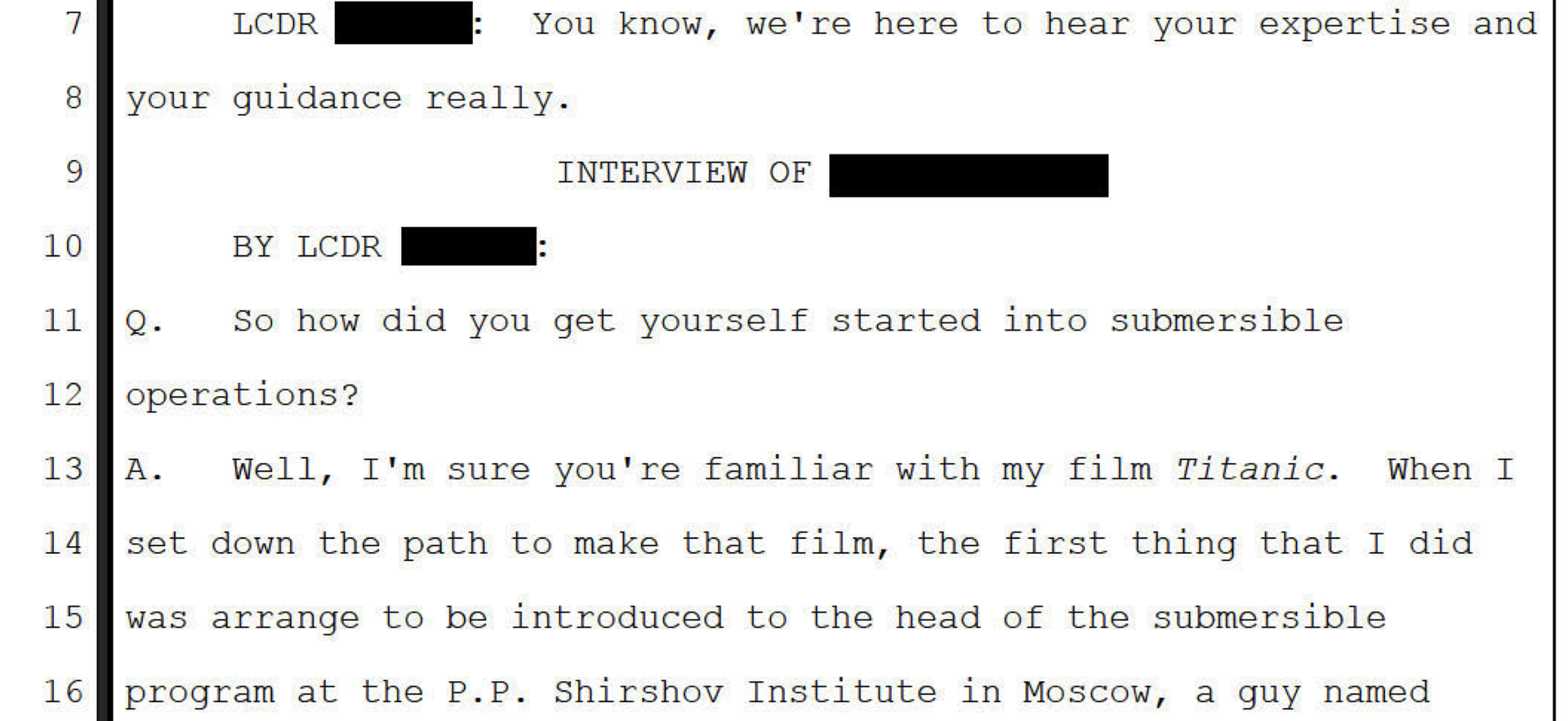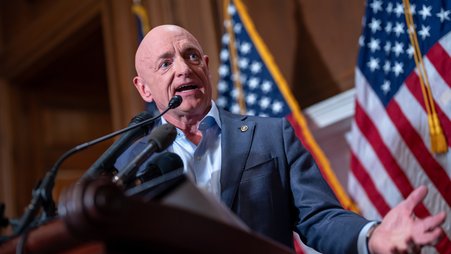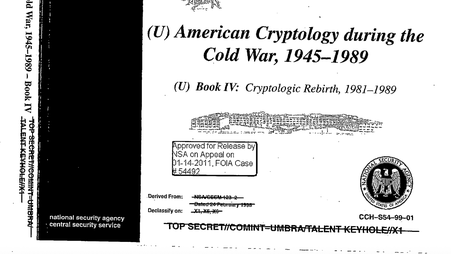Dear Friend of Press Freedom,
I’m Lauren Harper, the first Daniel Ellsberg chair on government secrecy at Freedom of the Press Foundation (FPF), and welcome to “The Classifieds.” Read on to learn about this week’s top secrecy news.
Join us Oct. 29 for our online panel: The case for making public records-based reporting free
The Trump administration is keeping too many secrets, and public access to reliable government information is increasingly tenuous. How should journalists respond to this existential threat to our democracy? One way is by making reporting based on Freedom of Information Act and local public records free.
Join us this Wednesday, Oct. 29, at 2 p.m. EDT for a discussion with Katie Drummond, global editorial director for Wired and FPF board member, and Joseph Cox, co-founder of 404 Media, about how we can make free FOIA-based reporting the future of investigative journalism. RSVP here.
Tell Congress: FOIA must apply to ICE’s secret prisons
U.S. Immigration and Customs Enforcement’s network of for-profit detention facilities is expanding rapidly under the Trump administration. Even though these private facilities hold people in federal custody, they operate in secret and are not subject to FOIA.
Unsurprisingly, the U.S. Department of Justice has found these secretive facilities are more dangerous than their government-run counterparts.
The long-standing secrecy has grown inexcusable now that ICE is housing a record number of people in these private facilities. The Intercept recently reported that this includes an unknown number of pregnant women, whose health may be in jeopardy.
Use our action center to tell your member of Congress: FOIA should apply to these private facilities. It is critical that the public, Congress, and even ICE be able to ensure that the private prison companies are fulfilling the terms of their lucrative federal contracts and that the people in their care are treated humanely.
Can the Justice Department follow the law?
President Donald Trump recently publicly posted a private message to Attorney General Pam Bondi on his Truth Social platform. According to a quick search on social media platform Bluesky, this prompted at least three people, myself included, to file FOIA requests with the Justice Department for all of Bondi’s direct messages.
Thanks to the 2016 FOIA amendments, this should be enough to trigger the “rule of 3,” which requires agencies to proactively post records requested three or more times. It’s true that, to the best of my knowledge, the “rule of 3” has never been enforced. In fact, I don’t think any agencies even track it. But, this could be an interesting test case for any FOIA litigators eager to enforce the proactive posting requirement.
Below are my top reads from this week. To see my full reading list for all things secrecy, check out The Classified Catalog.
What I'm reading
How John Bolton’s criminal case stacks up to other high-profile classified docs probes
Josh Gerstein compares the investigation into former national security adviser John Bolton for mishandling classified documents with other notable cases, including former CIA Director David Petraeus, former President Joe Biden, and former national security adviser Sandy Berger. Some common themes emerge: Charges for mishandling classified documents are rare, convenience for handling records often trumps protocol, and nobody seems to respect records management guidance from the National Archives
Trump isn’t the first to interfere with the Smithsonian. Nixon did, too
President Trump isn’t the first chief executive to interfere with the Smithsonian, although his efforts are the most expansive. President Richard Nixon got involved twice. On one occasion, the Nixon administration tried to block an exhibit. On another, it paid for a $500,000 installation about America’s lagging production capacity, which “featured a surreal mix of enormous props: fiberglass Paul Bunyan boots stretching toward the ceiling, a life-size cutout of a homemaker baking goods, an eight-foot-wide apple pie and a pinball machine that took up an entire wall.”
A CIA secret kept for 35 years is found in the Smithsonian’s vault
The solution to the remaining encrypted Kryptos passage has been found — but not technically solved. The answer to the sculpture’s fourth and final message had eluded cryptographers for decades, until amateur cryptographers found the solution in the Smithsonian’s archives, where the artist had stored a copy of the code. One interpretation of Kryptos’ bizarre ending: librarians and archivists are just as important as spies.
Hochul vetoes public records bill, leaving ‘new era of transparency’ still pending
With federal FOIA offices under attack and the government shut down, it is more important than ever for states to fulfill public records requests. New York Gov. Kathy Hochul didn’t get the memo.
Transparently yours,
Lauren Harper
Daniel Ellsberg Chair on Government Secrecy
Freedom of the Press Foundation

P.S. In October, we’re looking back at some of the eeriest government documents that have been released, largely thanks to FOIA. This week, a more recent case. The National Transportation Safety Board released the findings of its investigation into the OceanGate implosion in June 2023. See if you can guess who this redacted “deep sea explorer” is based on released interview transcripts.





